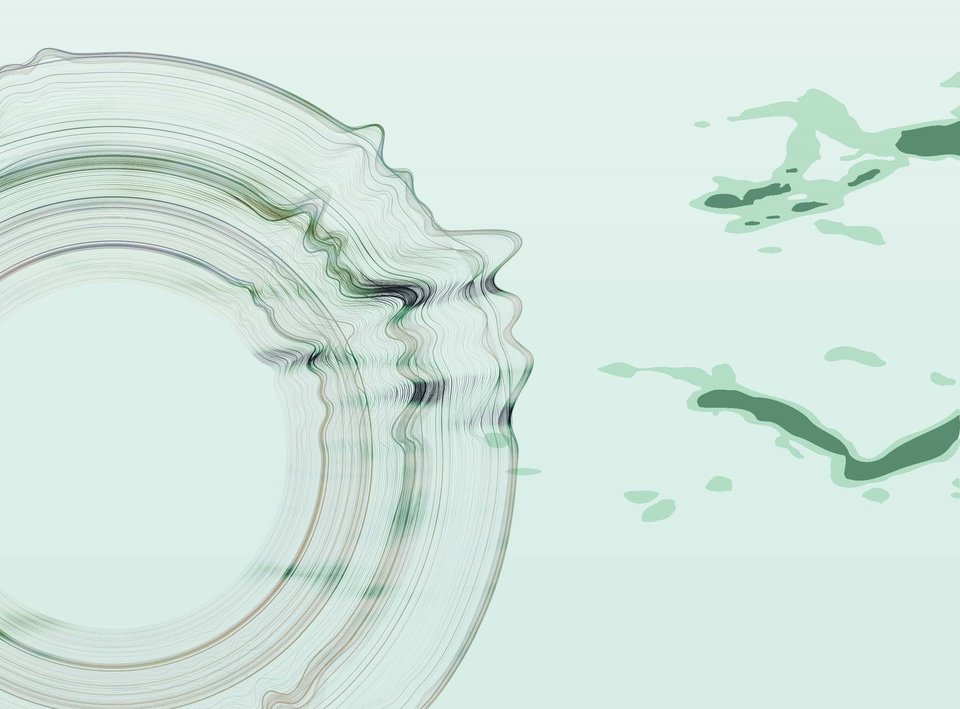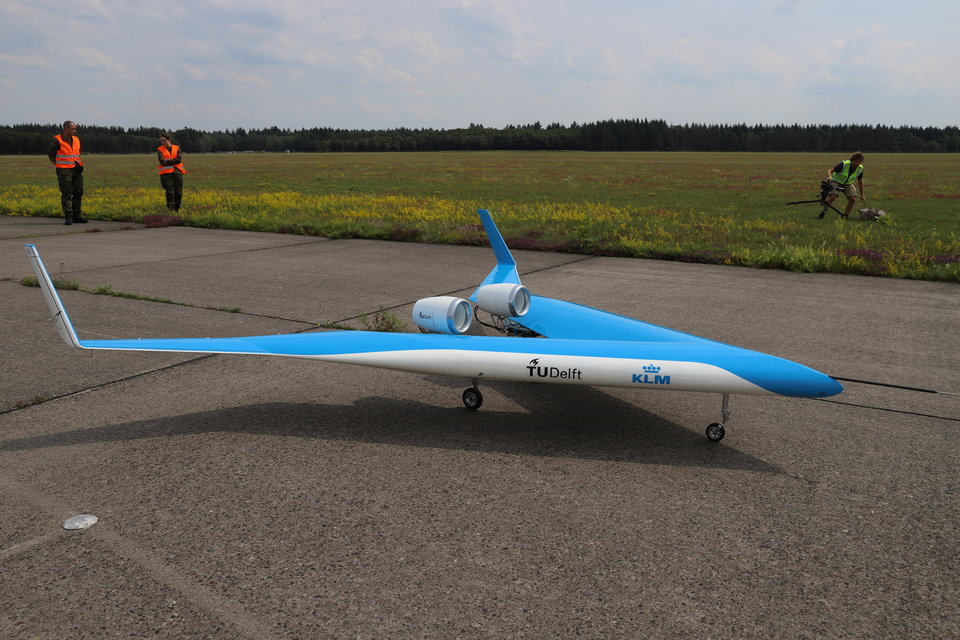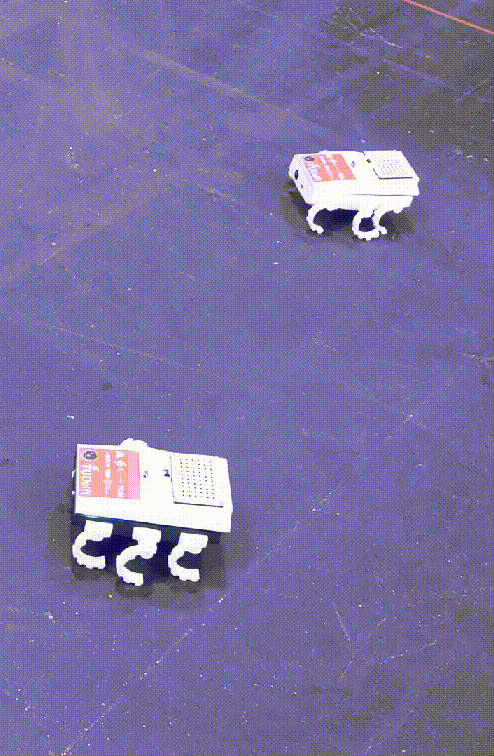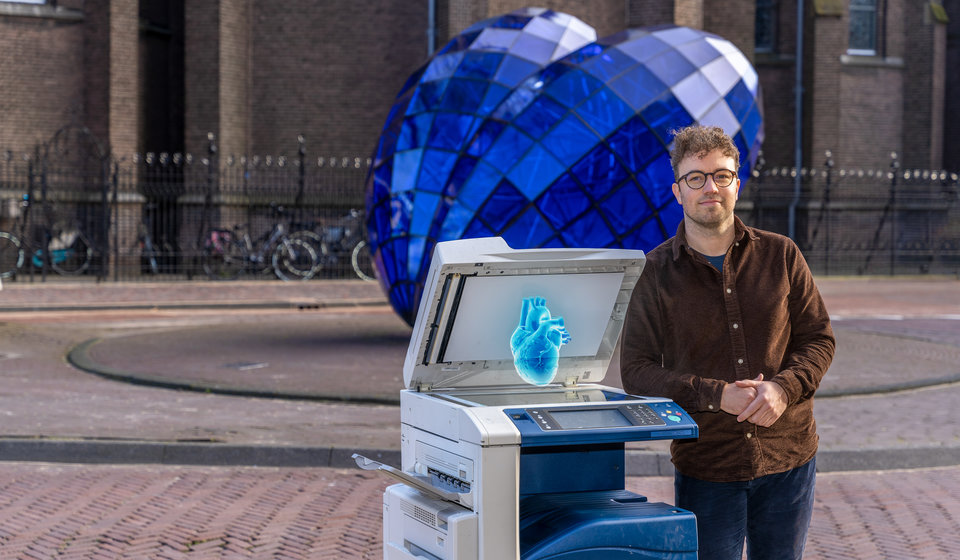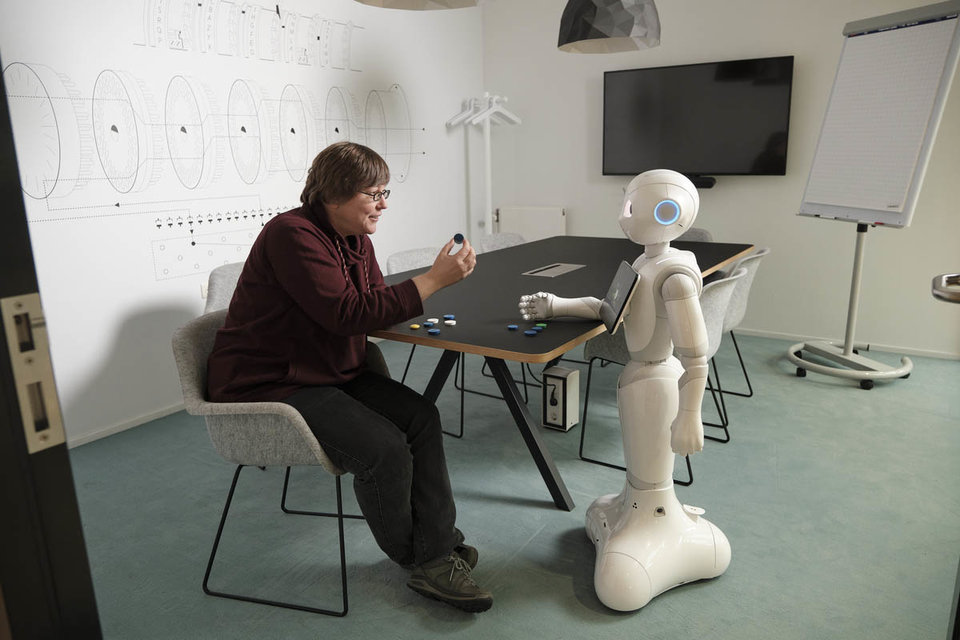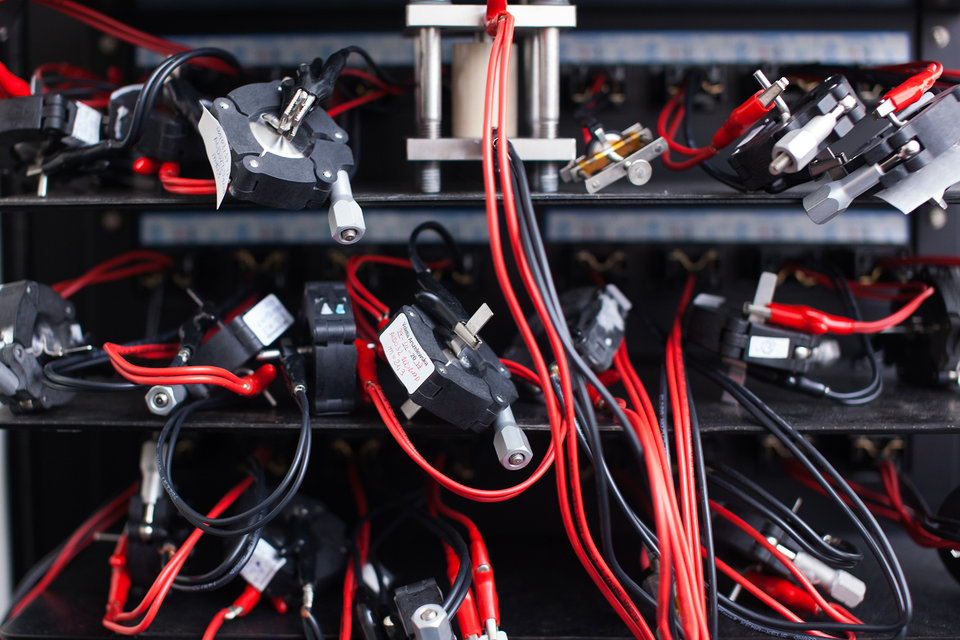A grand odyssey of exploration is about to begin. Humankind’s next bold mission to the outer solar system. ESA’s Jupiter Icy Moons Explorer (Juice), is poised to explore giant planet Jupiter and its largest moons. After years of preparations, Juice will be launched into space on April 13 from Europe's Spaceport in French Guiana. The mission, in which TU Delft plays a leading role in the experiment PRIDE, is diving into orbit of a moon other than Earth's for the first time. Something the Americans, Japanese and Chinese have never succeeded in doing before.
12 April 2023
Juice will be heading to Jupiter soon. A childhood's dream?
Dirkx: "When I was 12 years old, I saw a news report on TV about the launch of the Cassini satellite to Saturn and its moons. I remember very clearly thinking: how great it would be to participate in something like that. Now, 25 years later, that's exactly what I'm doing."
Vermeersen: "I consciously experienced the Apollo landings, and remember well that in the 1970s the general scientific opinion was that there was no extraterrestrial life in our solar system. After all, the initial findings for life on Mars were negative, and further into the solar system you got outside the habitable zone, people thought. How different is the situation now. One of Juice's most important and appealing reasons, is the possibility of existing extraterrestrial in our own solar system."
So, are we going to find that on Jupiter?
Vermeersen: "Juice is probably not going to answer that directly, but hopefully indirectly. Jupiter's four major moons are worlds unto themselves. The innermost moon, called Io, is the most volcanically active celestial body in the solar system. The other three major moons, Europa, Ganymede and Callisto, are completely covered in water ice. These ice moons are very interesting because they almost certainly have layers of water inside. And of ice moon Europa we know, from observations of the NASA Galileo mission, that there must even be a saltwater ocean. And not just any ocean. This one contains more ocean water than all the oceans on Earth combined. And consider, that the bottom of the Europa ocean must consist of solid, rocky material, with probably active volcanism, and that this Europa ocean has probably existed for billions of years. Then all conditions are present for the emergence and evolution of life. Whether the suitable habitat is actually there, and how large and deep below the ice these oceans are in Jupiter's icy moons, is one of Juice's main goals."
What else do we want to discover?
Vermeersen: "We see tectonic activity on the surface of Europa and Ganymede. Ice sheets moving past each other with peculiar crack formations, which indicate that strong ice moon quakes are occurring. Furthermore, it is unclear why Europa is so active, while Callisto appears to be dead as a doornail. The strong tidal movements of Jupiter, the most massive planet in our solar system, seem to be the cause of this activity. But how all this is related, we do not know. We therefore want to better understand how the overall Jupiter system works."
Whether the suitable habitat is actually there, and how large and deep below the ice these oceans are in Jupiter's icy moons, is one of Juice's main goals.
Bert Vermeersen
A better understanding of the Jupiter system. What is in it for us on Earth?
Vermeersen: "The Jupiter system is a bit like a miniature solar system. By studying this more closely, we will also begin to understand a bit more about our own solar system and solar systems elsewhere in the Universe. How do they work? And, to answer the million-dollar question: is there life only on Earth, or also elsewhere in the solar system?"
What is Juice going to measure?
Dirkx: "The measurements that we are focused on in Delft are mainly about the motion of Juice and the moons of Jupiter. Motion in space (astrodynamics) has a unique aspect: it is almost entirely determined by gravitational force. On Earth, effects such as friction (with air, ground) play a very important role, but in space such effects are almost nil. By measuring motion of objects in space (for example, the Juice satellite), we can say something about the gravitational fields of celestial objects nearby. Because gravity is generated from mass, we can say something about how a celestial object is constructed, how it rotates on its axis, and how it flies its orbit through space. In this sense, the entire solar system is a kind of natural laboratory."
What is so special about the Juice satellite?
Dirkx: "The Juice satellite is equipped with the most powerful scientific instruments that have ever gone to the outer solar system. The satellite's orbit is designed so that it will fly very close to Jupiter's moons, eventually even orbiting Ganymede-the largest moon in our solar system. The closer Juice gets, the stronger the influence of the moons' gravity. As a result, Juice will not only allow us to measure the mass of Jupiter's moons, but also derive information about how that mass is distributed inside the body, giving us a unique insight into its interior. By combining this kind of data with camera images, laser altimeter data, magnetic field measurements, radar data, and more, we can create a more accurate picture of how the moon is constructed."
Vermeersen: "On board the satellite is a radar that can send signals to the surface of Europa. Those signals can penetrate up to about 9 km into the ice, reflect off internal layers there, and then get picked up again by the satellite. If the ice is less than 9 km thick, future landers could penetrate through the ice to ocean water. In addition, Juice also has a laser, Ganymede Laser Altimeter (GALA). With this laser, we can start measuring vertical tidal movement of the ice surface in addition to surface topography. This will help us in determining and better understanding a possible habitat in the interior of the ice moon."
Watch this video about the Juice-mission:
What role does the TU Delft play in this mission?
Dirkx: "We have a leading role in one of the 12 experiments: PRIDE, in collaboration with the JIVE astronomy institute, based in the north of the country. We have been working on its development since 2011. In Delft, we are responsible for the interface between PRIDE and ESA, and for producing scientific results from the measurements. But we also play a prominent role in the field of numerical modeling of the dynamics of the ice moons. We not only consider the static structure of ice moons, but also model what ocean dynamics may look like in the interior of ice moons and how we can connect this with, for example, the observations of the Ganymede Laser Altimeter (GALA) on board Juice."
How does the PRIDE experiment work?
Dirkx: "The motion of the satellite is measured with the 3GM instrument and the PRIDE experiment. The 3GM instrument ensures that a radio signal from a ground station on Earth is sent back very accurately. This signal is then received again by the ground station. By precisely measuring the behaviour of this signal, information about Juice's motion can be derived. The PRIDE experiment has no hardware on Juice, but uses a global network of radio telescopes to receive Juice's signal. The main data we derive from this comes from the Doppler effect. Through this effect, the frequency of the radio signal received on Earth is affected by the relative motion of Juice. A well-known effect that also occurs with sound waves."
"For example: when an ambulance drives past you, the tone of the siren you hear becomes different, due to the change in relative speed. With the Doppler effect, we measure Juice's relative speed to the nearest 1/20,000 km/h. This is equivalent to measuring the change in distance from Juice over a period of 1 minute, with an accuracy of 1 mm. And all this at a distance of almost a billion kilometers!"
"With PRIDE, we take it one step further. By combining the data from all the telescopes, using 'VLBI' (Very Long Baseline Interferometry) we can also measure the direction from which the signal comes very accurately, with an accuracy of 1/100,000,000 degrees. If we put a radio system on the surface of the moon, it means we can tell, to within 5 cm, what its location is. With these measurements, we can determine very precisely the motion of Juice and Jupiter's moons. That teaches us a lot about the interior and evolution of the moons."
Sustainable aviation is a hot topic. How can aerospace contribute to a sustainable world?
Vermeersen: "Imagine that we discover, in addition to life on Earth, that there is life in an ocean in the interior of an ice moon near Jupiter, in our own solar system. This will have an impact ranging from philosophical to natural science. It would have implications for, how likely it is that life exists elsewhere in the Universe. For example on exoplanets, one of the hot topics in astronomy. But it would also provide comparative material for biology, so far limited to observing life on Earth. How did life originate and evolve there in that water-ice ocean? And, do we even recognize that life? Or do we think too much in familiar terms of carbon compounds containing hydrogen, oxygen, nitrogen, phosphorus and sulfur? Research from space offers us valuable insights about climate change. Either way, Juice is going to help us to better study all kinds of aspects of comparing planetary celestial bodies."
Dominic Dirkx
Dirkx is an associate professor at the Faculty of Aerospace Engineering at TU Delft. As Juice's project scientist, he focuses on developing methodology and software for processing data from PRIDE, and other similar data measuring motion of (artificial) satellites and other objects in the solar system. He is also working on combining the data from Juice with data from previous space missions such as Juno and Europa Clipper. TU Delft is doing this in collaboration with a number of (inter)national partners (including JIVE). The software that Dirkx and his team are developing (Tudat) will process the data from PRIDE and other instruments to produce highly accurate orbits of Juice and Jupiter's moons.
Bert Vermeersen
From his professorship at TU Delft, Vermeersen is closely involved with Juice as co-investigator of the PRIDE experiment and the GALA instrument. He focuses primarily on connecting observations that Juice will make with modeling of the dynamics of the interior of ice moons. Vermeersen also holds an appointment as Senior Researcher at Koninklijk Nederlands Instituut voor Onderzoek der Zee (NIOZ) in Yerseke.

